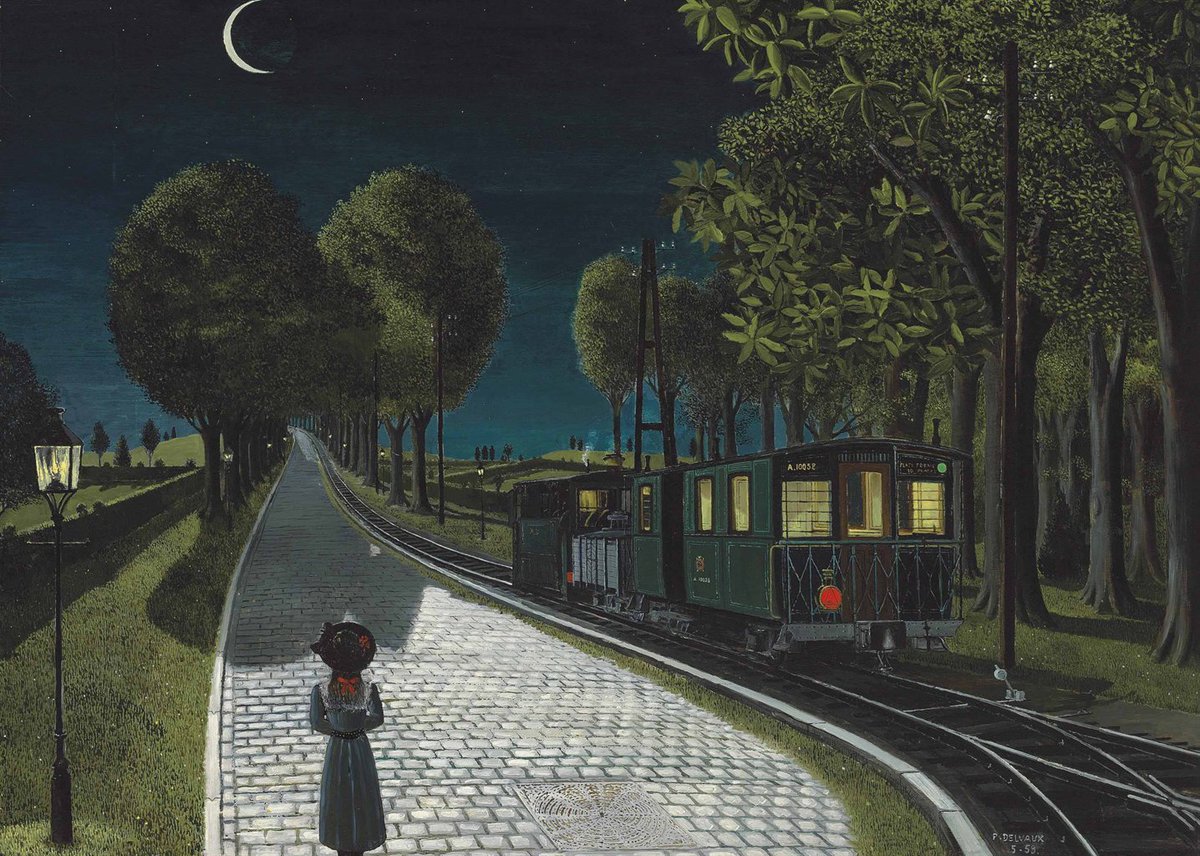
A key work in this respect, India Song evinces a desire to not only reconstruct memories of the filmmaker's past (in Indochina), but to bring these into relation with the present (in France), and to do so through the construction of a new and foundational bind between word and image in short, to create a single, meaningful reality out of a linguistically and geographically disjoined experience. Employing sound–image disjunction with unprecedented constancy, the cinema of Duras traces a sustained exploration of the creative possibilities of this formal strategy and its capacity to establish a signifying relation between otherwise irreconcilable elements. This essay explores the use of sound–image disjunction in Marguerite Duras's India Song (1975) in relation to migration, bilingualism and cinema's metaphoric potential. This paper will argue that, despite the obvious dissimilarities of gender, genre, time, and erotic orientation, these writers’ depictions of Eros have more in common than is generally believed. Nonetheless, it is difficult to imagine two writers who have more powerfully written about erotic attraction than Plato and Duras.


Certainly, Duras would have scoffed at the label Platonist. Stein and Le vice-consul, all the way to the young girl prostituted by her mother in L’amant, Eros is a constant theme in Duras and one seemingly far away from the ideal realm of spiritual love to which the name Platonic is given.

From the opening shot of Hiroshima Mon Amour, where the intertwined limbs of lovers recall twisted corpses, to Moderato Cantabile, where Anne Desbarèsdes and Chauvin reconstruct the murder of a young woman by her presumed lover, to the mournful, often wordless eroticism of Le ravissement de Lol V. Love in her work is seldom idealized, often a compulsion, closely associated with death and mourning. Marguerite Duras is a novelist of erotic obsession.


 0 kommentar(er)
0 kommentar(er)
